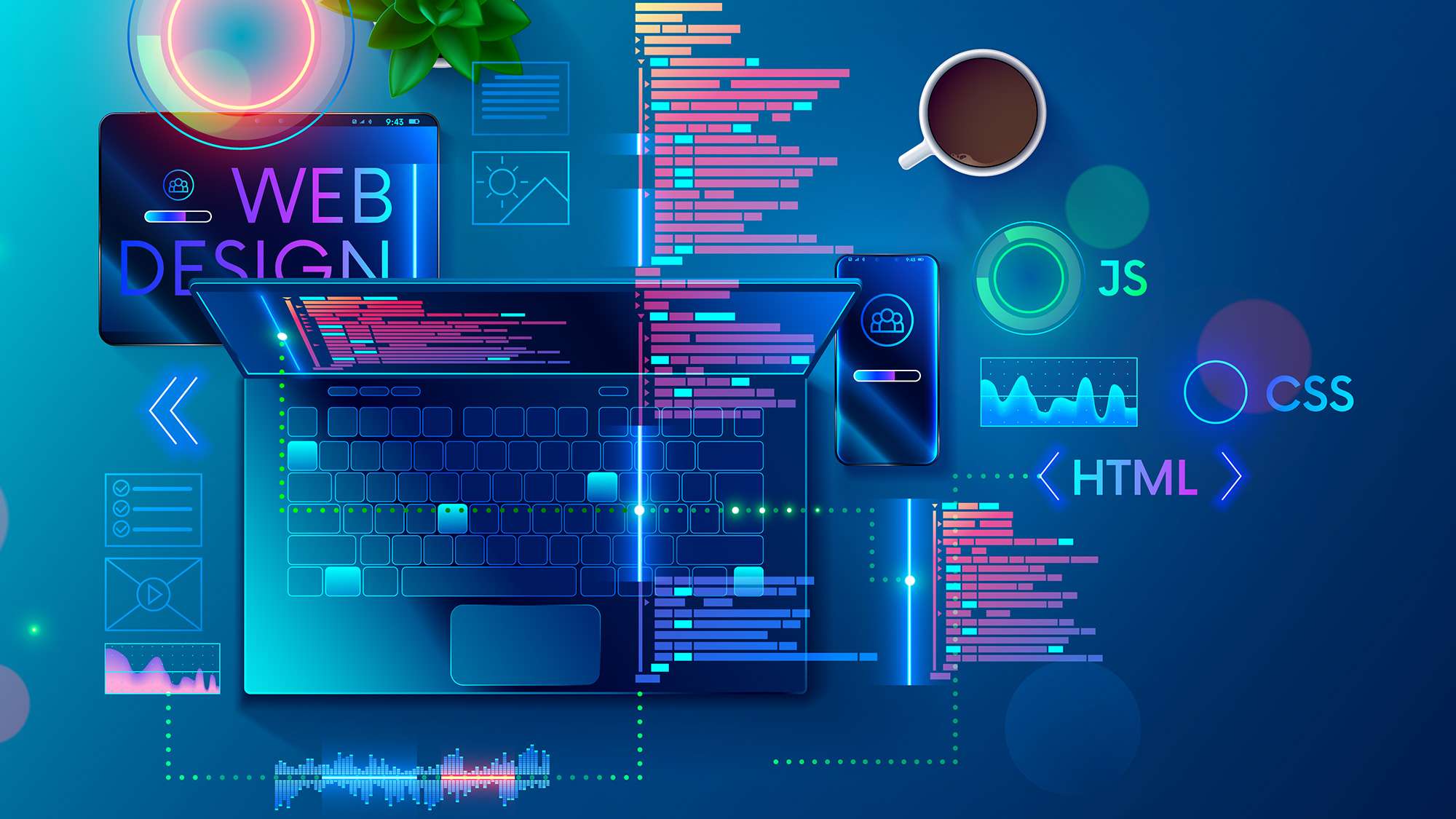The Ultimate Guide to Reliable Web Design for Modern Businesses
A Comprehensive Overview to Crafting Aesthetically Appealing and Functionally Durable Website Design Solutions
A comprehensive understanding of foundational style principles, alongside an eager emphasis on customer experience, can substantially enhance the efficiency of internet services. By leveraging components such as shade theory and responsive designs, designers are equipped to create not only visually pleasing interfaces however additionally ones that foster customer engagement.
Comprehending Design Concepts
Comprehending design principles is essential to creating reliable web remedies that involve users and connect messages plainly. These concepts function as the structure for any kind of successful design task, directing the visual and functional facets of an internet site. Trick layout principles include balance, comparison, positioning, repetition, and proximity, each playing a critical duty in developing a cohesive and cosmetically pleasing layout.
Equilibrium involves dispersing aesthetic weight evenly throughout a web page, guaranteeing that no single component overwhelms the others. Comparison improves readability and attracts interest to important features, enabling users to browse the content easily. Alignment produces order and company, leading the customer's eye in a rational circulation. Rep reinforces a constant aesthetic language, enhancing brand name identity and improving user familiarity with the interface. Distance groups relevant aspects, helping customers quickly understand partnerships in between various items of material.
Value of User Experience
User experience (UX) is crucial in internet layout, as it straight affects exactly how visitors connect with a website and perceive its value. A properly designed web site not just draws in customers yet likewise maintains them engaged, inevitably leading to higher conversion prices and customer complete satisfaction. UX encompasses different elements, consisting of usability, ease of access, and the general aesthetic appeal of the site.

Moreover, positive individual experiences foster brand name loyalty and motivate repeat check outs. Ultimately, prioritizing individual experience in internet layout is essential for developing practical, appealing, and successful websites that fulfill the needs of modern-day customers.
Color Theory in Web Design
Color theory plays a pivotal duty in internet layout, influencing not only the visual appeal of a site yet likewise the psychological feedbacks of its users. Recognizing color dynamics is essential for creating an efficient user experience. Shades can evoke certain sensations; for example, blue commonly conveys count on and professionalism and reliability, while red can impart exhilaration or seriousness.
When choosing a shade scheme, designers need to take into consideration consistency and comparison. Complementary colors can produce vibrancy, while similar colors supply an even more peaceful feeling. Using tools like shade wheels can aid in identifying reliable shade mixes. Accessibility must be prioritized; making sure adequate comparison in between text and background shades is essential for web design readability.
In addition, cultural context plays a significant duty in color interpretation. While white represents pureness in Western societies, it may represent mourning in some Eastern societies. A comprehensive understanding of the target market is important when using color concept.
Integrating color psychology into website design not just enhances aesthetic appeal however likewise influences individual actions, assisting them towards desired actions. Inevitably, a well-balanced color method can dramatically boost the total effect of an internet site.
Receptive and Flexible Formats
In enhancement to shade theory, the framework and format of an internet site dramatically effect individual experience and engagement. web design. Responsive and flexible formats are important methods for guaranteeing that web sites operate effectively throughout a multitude of tools and screen sizes
Receptive design uses fluid grids and versatile photos, permitting the format to adjust seamlessly according to the viewport dimensions. This approach makes certain a constant user experience, as content reflows and resizes, preserving access whether seen on a smart device, tablet computer, or desktop. Media questions play a vital function in responsive layout by using various styles based on the device's characteristics.

Both methods intend to enhance customer experience by prioritizing use and access. Choosing in between responsive and adaptive layouts greatly relies on task requirements, target market, and wanted user communications, inevitably contributing to the efficiency of internet design services.
Testing and Optimization Strategies
Examining and optimization techniques are critical parts of reliable web layout, ensuring that websites not only fulfill user assumptions yet like this also carry out successfully throughout numerous systems. These methodologies include a series of practices aimed at reviewing use, capability, and total performance.
A/B screening is a foundational method, enabling developers to compare 2 versions of a website to identify which performs better in terms of customer involvement and conversion prices. User testing is similarly vital; it includes collecting responses from genuine customers to identify pain factors and locations for improvement. This qualitative information can assist style adjustments that improve individual experience.
Furthermore, performance optimization techniques such as picture compression, code minification, and leveraging internet browser caching can significantly boost load times and responsiveness. Tools like Google PageSpeed Insights and GTmetrix offer beneficial metrics for analyzing site efficiency, allowing developers to make data-driven choices.
Verdict
Responsive layouts contribute to a seamless customer experience across gadgets, additionally promoting interaction. Ultimately, the application of these techniques not only elevates user complete satisfaction yet also drives conversion rates, strengthening the significance of a comprehensive design structure.